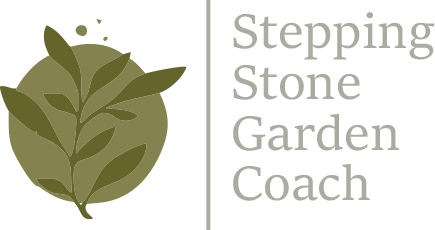Think it’s too hot to start new garden projects in July? Think again. Mid-summer is the perfect time in Central Florida to start planting a food forest—a self-sustaining, layered garden that mimics nature and keeps producing food for years to come.
If you’ve been curious about permaculture or simply want to turn a corner of your yard into a low-maintenance, edible paradise, July is the month to get started.
Why July Is Prime Time for Food Forests in Florida
Tropical trees love the heat – Avocados, mangoes, and guava thrive when planted in warm, rainy months.
Summer rains jumpstart growth – Natural rainfall helps establish deep root systems.
Building soil now means better fall harvests – Adding compost and mulch now sets up the forest floor for healthy understory herbs and vegetables.
Step 1: Choose Your Layers
A food forest is planted in layers, from tall canopy trees down to groundcovers. Here’s a Florida-friendly July planting list:
Canopy & Sub-Canopy Trees
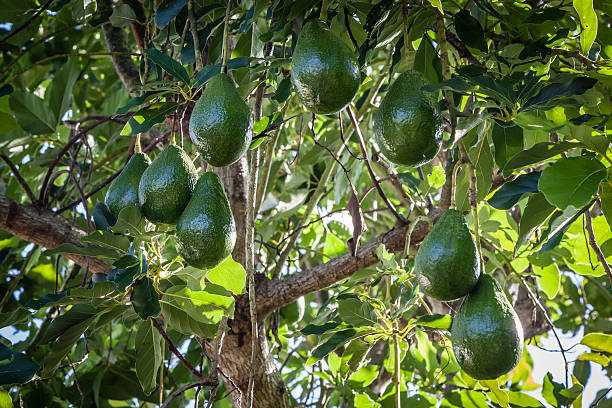
Avocado (heat-tolerant varieties like Lula or Monroe)
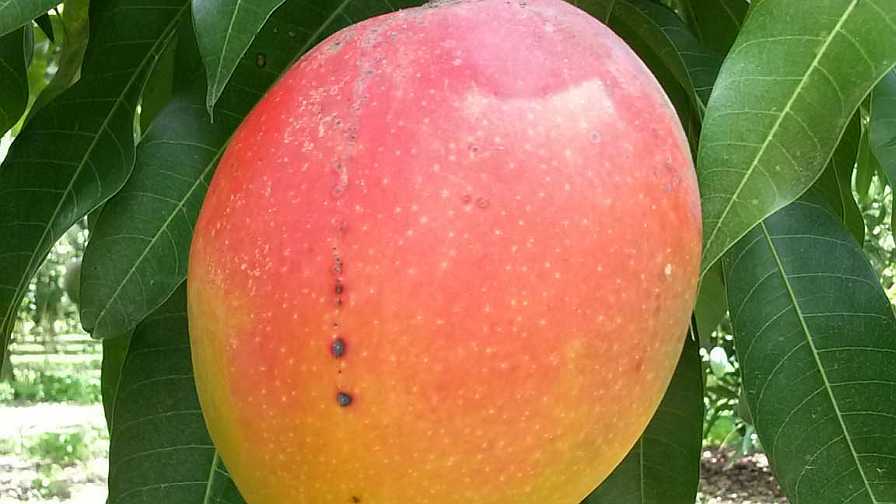
Mango (Tommy Atkins or Carrie for flavor and disease resistance)
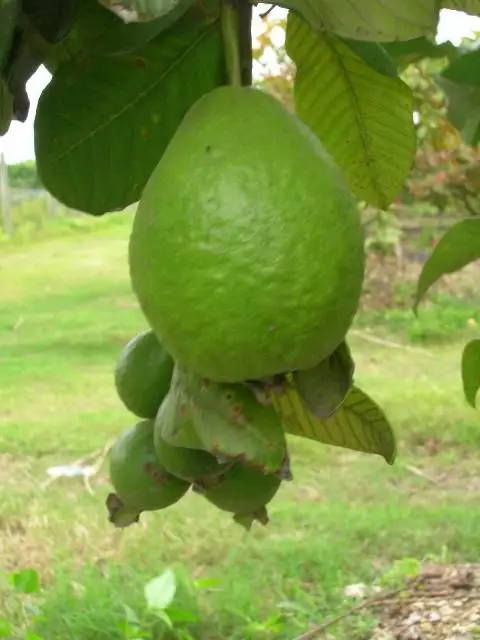
Guava (Ruby Supreme or Tropical White)
Shrubs & Bushes
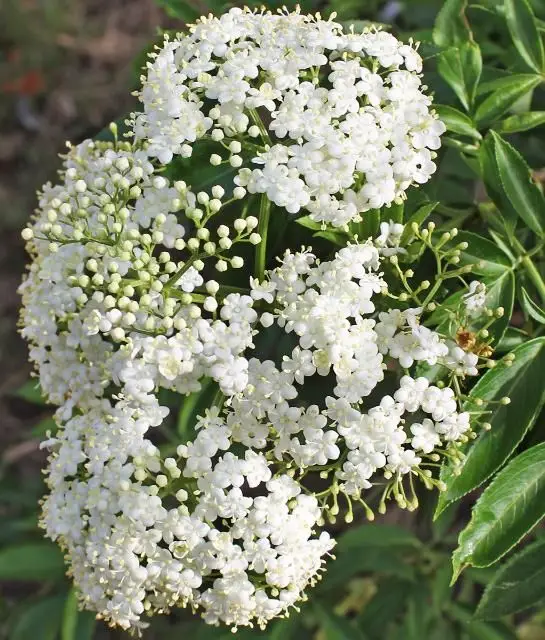

Elderberry flowers Elderberry fruit
Elderberry (Sambucus nigra subsp. canadensis) – Native, medicinal, and great for wildlife
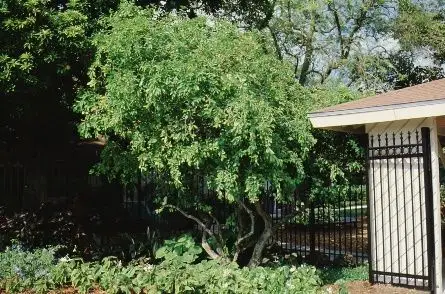
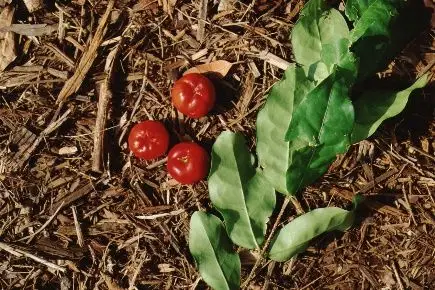
Barbados Cherry Barbados Cherry leaf and fruit
Barbados Cherry (Acerola – high in vitamin C)
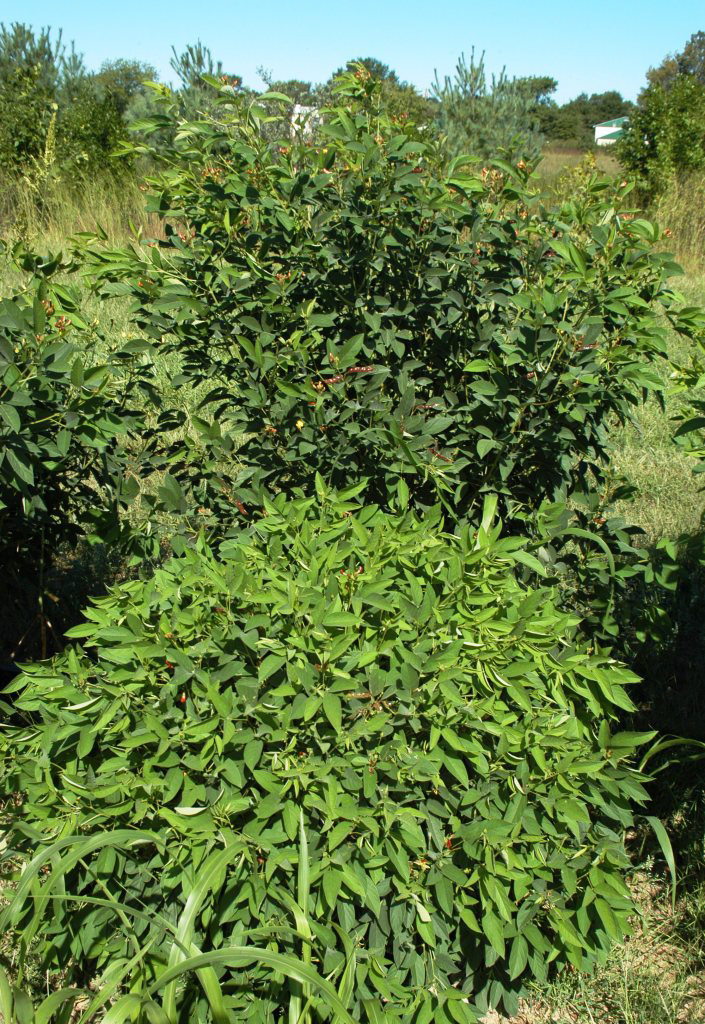

Pigeon Pea Pigeon Pea Blossom
Pigeon Pea (fast-growing nitrogen fixer)
Herbaceous Layer & Edible Understory
Oregano, Dill, Basil (plant around tree bases for pest control and pollinator attraction)
Lemongrass (natural pest deterrent and windbreak)
Malabar Spinach (heat-loving edible vine)
Groundcovers & Root Crops
Sweet Potato (covers soil and provides edible greens & tubers)
Peanuts (fix nitrogen and protect soil)
Step 2: Site Preparation
-
Pick a Sunny Spot – Food forests thrive in at least 6–8 hours of sun.
-
Mark Tree Placement – Plant canopy trees 15–20 feet apart.
-
Improve the Soil – Spread 3–6 inches of compost where trees will be planted to boost microbial activity.
Step 3: Mulching & Composting for Success
Mulch Thickly – Apply 6–8 inches of wood chips, shredded leaves, or straw around trees to keep soil cool and hold moisture.
Add Natural Fertility – Mix in bone meal, kelp meal, or worm castings to feed young plants.
Skip Synthetic Fertilizers – Heavy rains can wash chemical fertilizers into waterways, harming local ecosystems.
Step 4: Succession Planting
Think long-term:
Plant fast growers like pigeon pea or sweet potato now to shade and enrich the soil.
Add slower-growing trees later in the season (fall is perfect for citrus or loquats).
Fill gaps with quick-growing herbs for instant pollinator attraction.
Why Start Now?
A food forest planted in July will establish roots before Florida’s drier winter season. By next spring, you’ll have young trees shading the understory, healthier soil, and a thriving, low-maintenance edible ecosystem.
